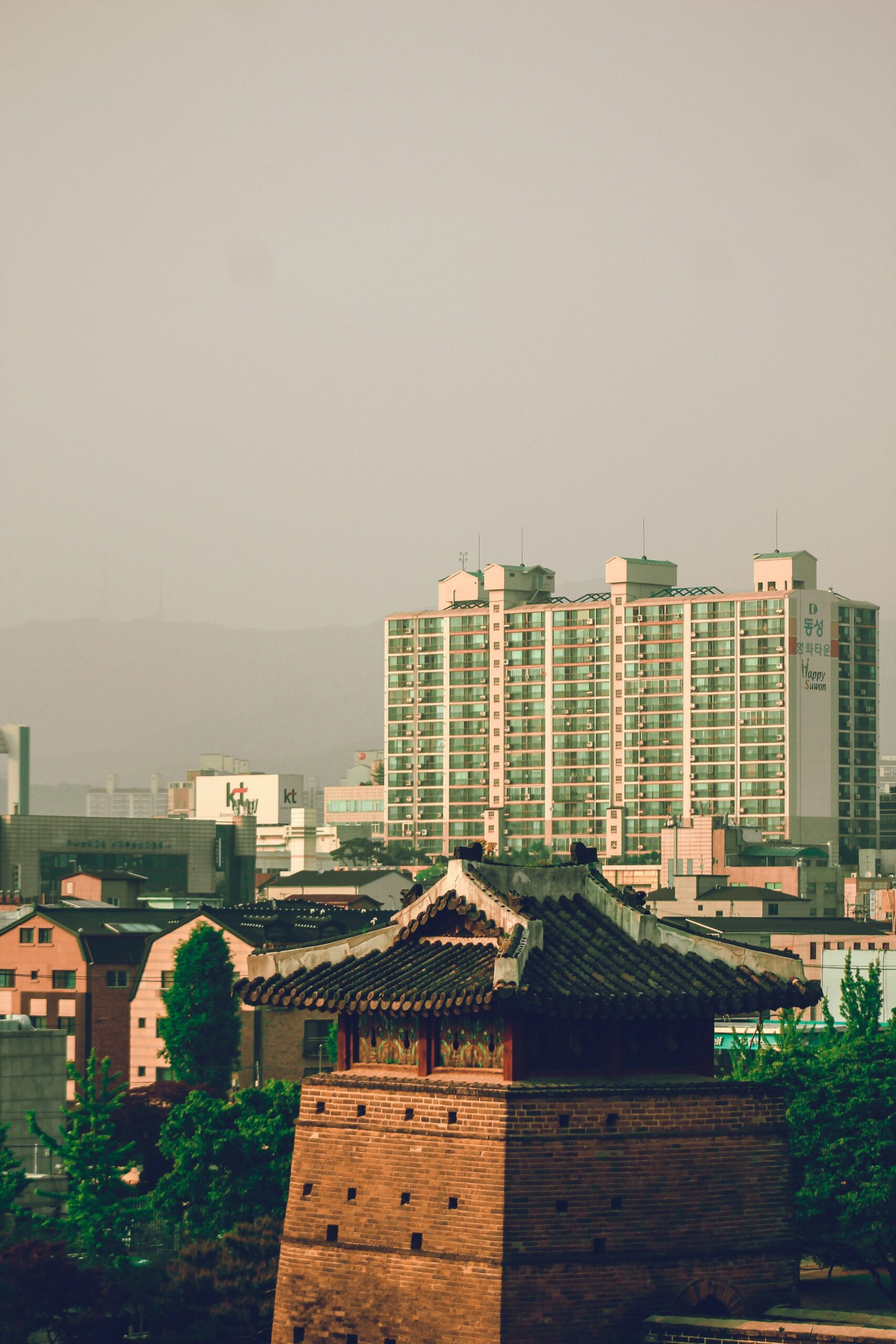If you want to understand modern China, forget the Great Wall for a second. Just stand on a street corner in any major city and listen. Or rather, listen to what you don’t hear.
Gone is the deafening roar of a million petrol-powered scooters that defined Asian cities for decades. Instead, there’s a gentle, futuristic whoosh. It’s the sound of silent electric scooters, delivery bikes, and increasingly, electric cars, gliding by like metallic ninjas. It’s the sound of a revolution.
For years, the enduring image of China’s environment was one of apocalyptic smog, polluted rivers, and endless construction dust. And let’s be clear, those problems haven’t magically vanished. But to only see that is to miss the other, more electrifying side of the story: China is currently undertaking the largest, fastest, and most ambitious green transformation in human history. It’s a land of staggering contradictions, where the world’s biggest polluter is also its most aggressive green-tech investor.
The Electric Tsunami: It’s BYD’s World, Tesla Just Lives In It
Nowhere is this green ambition more obvious than on the roads. China isn’t just a market for electric vehicles (EVs); it is THE market. We’re talking about a country that sells more EVs in a month than most other countries sell in a year.
And while you might see plenty of Teslas cruising around Shanghai and Shenzhen, the real story is the rise of the homegrown champions. Forget the old stereotypes of cheap knock-offs. Chinese EV brands are now sleek, high-tech, and wildly popular.
-
The King: BYD (Build Your Dreams)
This is the giant you’ve probably started hearing about. Originally a battery manufacturer (they probably made the battery in one of your old cell phones), BYD is now the world’s largest EV producer, having surpassed Tesla. Their cars, from the sleek “Seal” sedan to the affordable “Seagull” city car, are absolutely everywhere. -
The Premium Players: NIO, XPeng, and Li Auto
These brands are the cool kids on the block, directly competing with Tesla, BMW, and Mercedes. NIO is famous for its battery-swapping stations where you can get a fresh battery in under 5 minutes. XPeng is known for its advanced self-driving tech. Li Auto focuses on range-extender hybrids for those who still have range anxiety.

So, why the electric boom? It’s a classic case of the Chinese government seeing a problem (insane pollution, dependence on foreign oil) and turning it into an opportunity. They threw everything at it:
-
Massive Subsidies: For years, the government basically paid people to buy EVs.
-
The License Plate Lottery: In megacities like Shanghai and Beijing, getting a license plate for a gas car can cost more than the car itself and require winning a lottery with abysmal odds. An EV plate? Often free and instant. Checkmate.
-
Building a National Champion: China wanted to leapfrog the West in a key future industry, and they’ve largely succeeded.
Beyond the Car: Grand Eco-Experiments
The EV revolution is just the most visible part. Behind the scenes, China is rolling out environmental projects on a scale that is hard for the mind to comprehend.
-
Seas of Solar: Forget a few panels on a roof. China has built literal seas of solar panels in its vast western deserts and even floating solar farms on top of lakes. It is, by a massive margin, the world’s largest producer and user of solar energy.
-
The “Sponge City” Initiative: Many Chinese cities are prone to flooding. The solution? Turn the cities into giant sponges. This means replacing hard concrete surfaces with permeable pavements, building rooftop gardens, and creating interconnected wetlands and green spaces that absorb, clean, and reuse rainwater. It’s urban planning as ecological engineering.
-
The Great Green Wall: To combat desertification spreading from the Gobi Desert, China has been engaged in a massive, decades-long reforestation project. The goal is to plant a belt of trees stretching over 4,500 kilometers. The results are debated, but the sheer ambition is undeniable.
The Reality Check: Is It All Green and Rosy?
Now for the dose of reality. Is China an eco-paradise? Absolutely not. It’s still heavily reliant on coal to power its industries and, yes, to charge all those EVs. The environmental cost of mining lithium for batteries and manufacturing solar panels is significant.
Moving a country the size of China onto a new energy footing is like trying to turn a supertanker around in a bathtub. It’s a slow, messy, and complicated process.
But the direction of travel is clear. The government, the corporations, and increasingly, the people, understand that the old model of “growth at all costs” is a dead end. The green push is driven by a potent mix of authoritarian mandate, capitalist opportunity, and sheer self-preservation.
It’s the world’s biggest, messiest, and most important green experiment. And watching it unfold—hearing that futuristic whoosh on the streets—feels like watching the future being built, one electric car and sponge city at a time.
